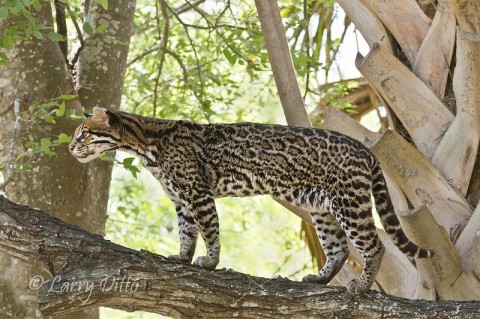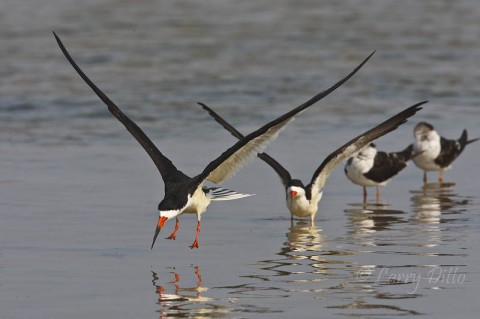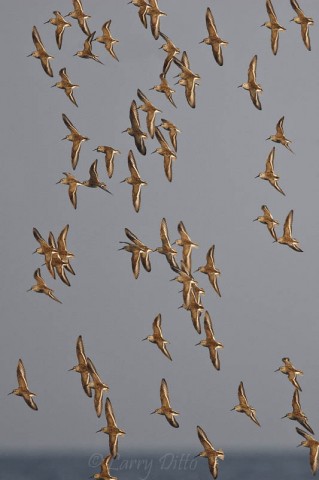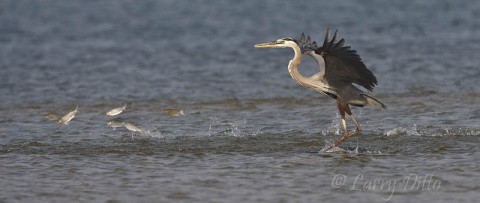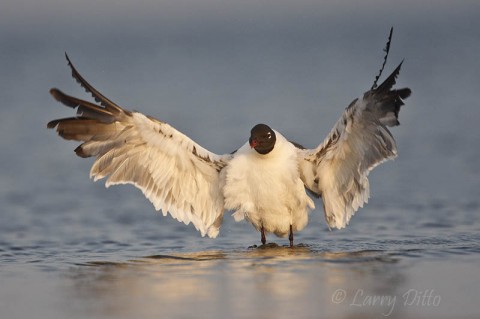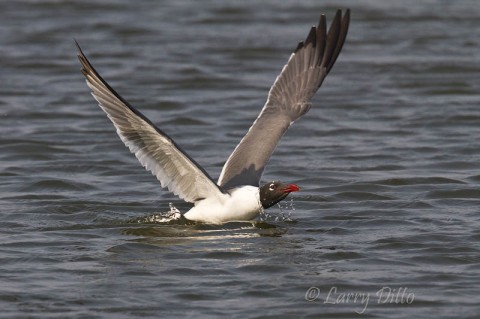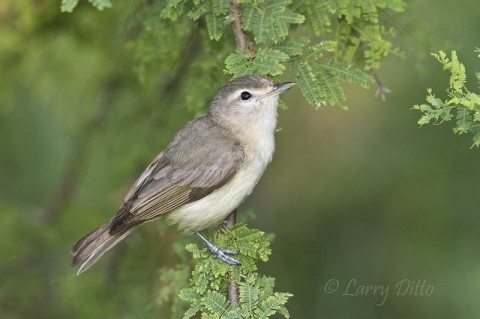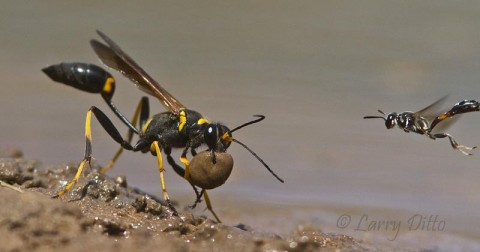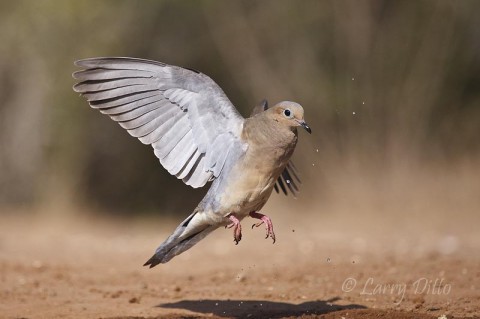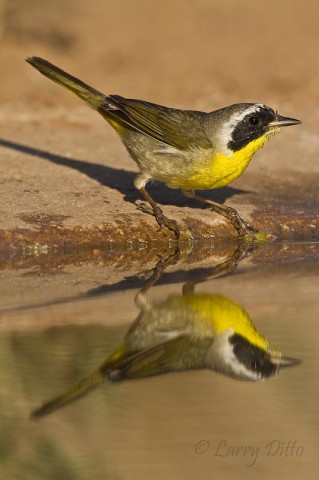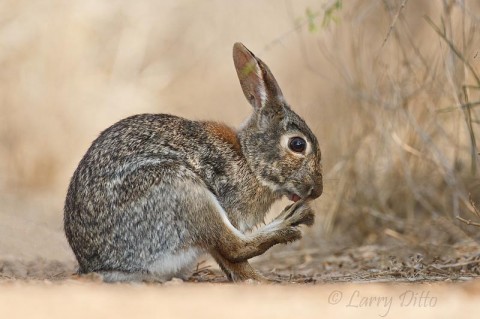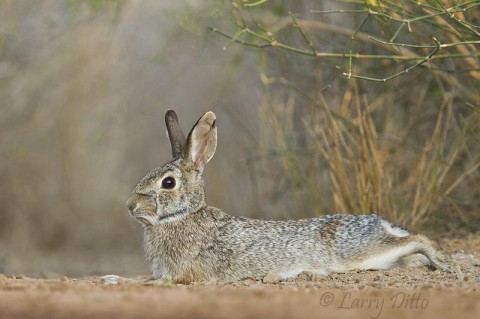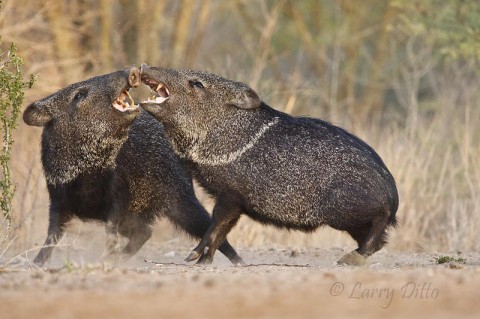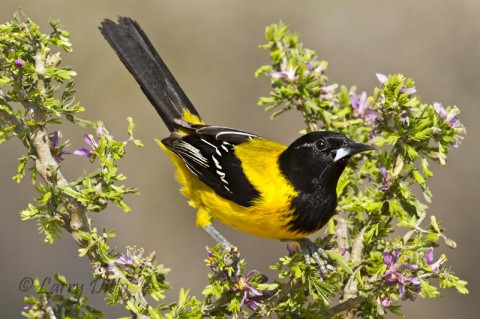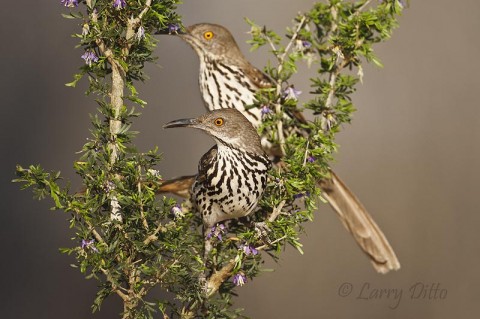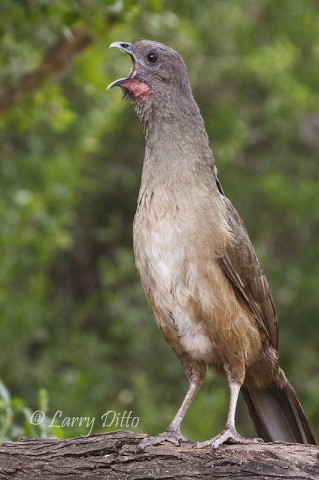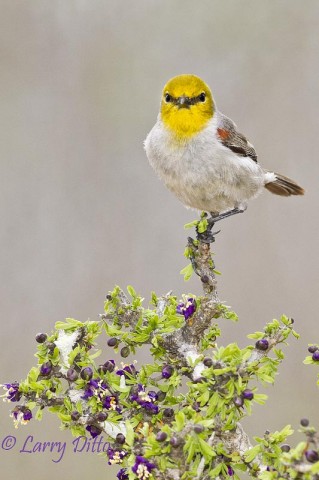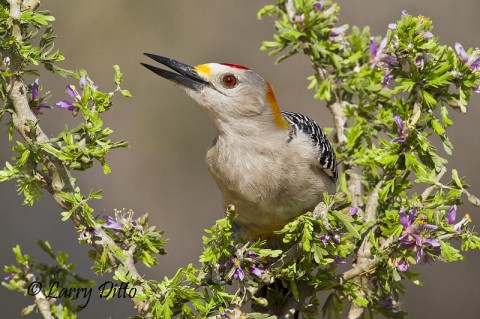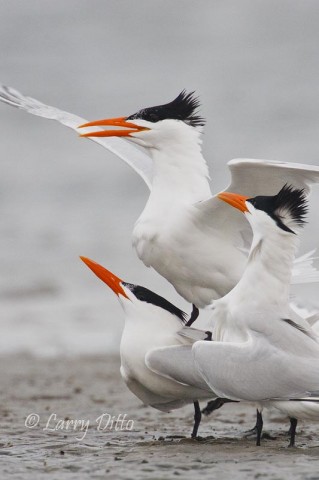April was a busy month for me. First, I helped conduct some workshops at FeatherFest/PhotoFest in Galveston. Then, I guided other photographers on one of the south Texas photo ranches. After that, I went to South Padre Island and the Ozona, Texas area to lead photo tours and workshops. Then the month ended with a media event at Santa Ana National Wildlife Refuge. The Cincinnati Zoo education team brought an ocelot by the refuge for a few minutes and allowed us to photograph it. So, the hectic month ended on a high note.
April was unlike those of most other years. While the rest of the country was getting blasted with powerful weather systems, Texas was toasty and extremely dry. One of our favorite bird events, a migration “fallout” of songbirds at South Padre Island didn’t happen because the cool fronts just weren’t reaching us. The weather man promises a good cold front next week, so you know where I will be Monday morning (if the Lord is willing and the creek don’t rise)… South Padre Island!
Next week, I hope to get busy preparing a photo tour schedule for the coming fall, winter and spring, so keep watching this web site.
Here is a good sampling of the photos I got from all those April trips:
Remember to click on the photo to see an enlarged and sharper version. You can advance through the photos by clicking in the upper right portion of each photo.
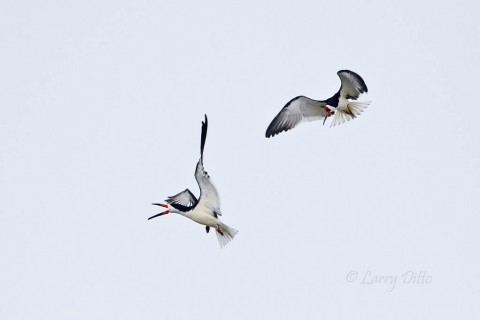
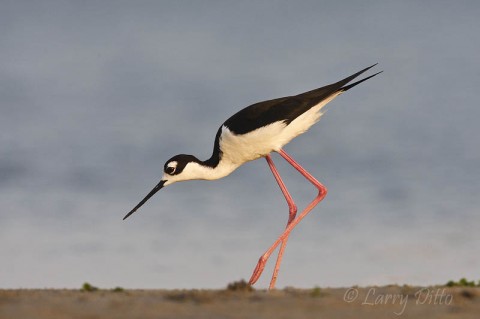
I captured the stilt photo while lying in wet sand and shooting from a bean bag on a frisbee. In the spring, I always try to have my wading shoes, bathing suit and an old t-shirt for low-crawling in the sand to get these eye-level views.
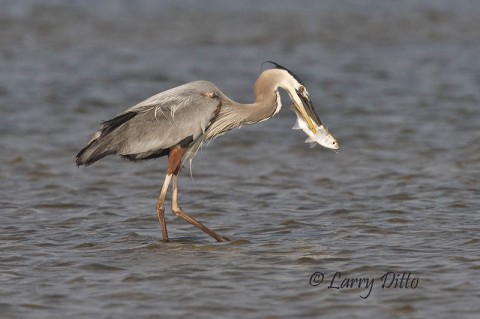
In the photo above, the bird is angling away from the photographer, but it best shows what a great blue heron can do with that sharp, powerful beak.
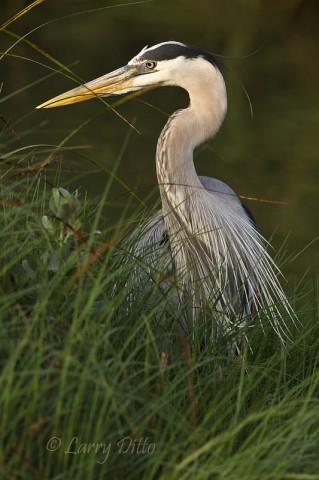
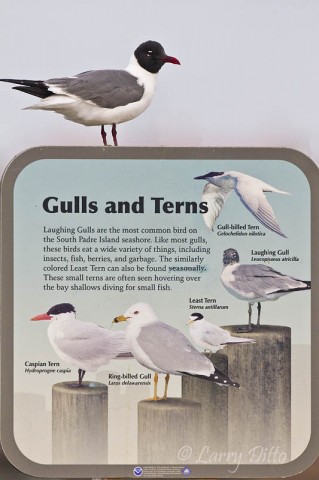
I cloned away some screws along the top of the sign. They were connected with monofilament line to discourage perching birds, but they weren’t working.
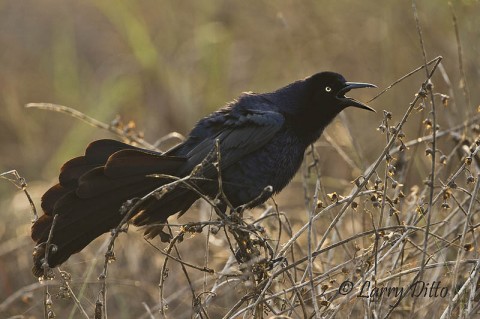
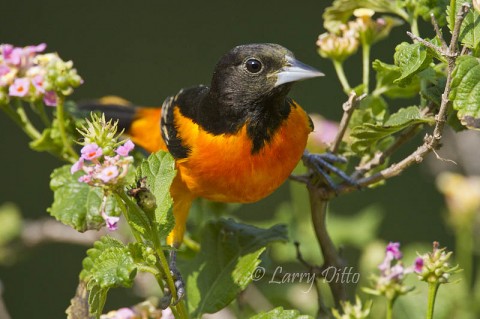
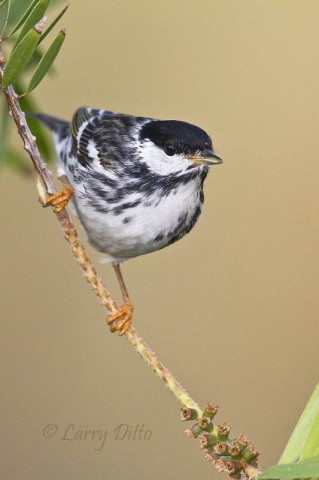
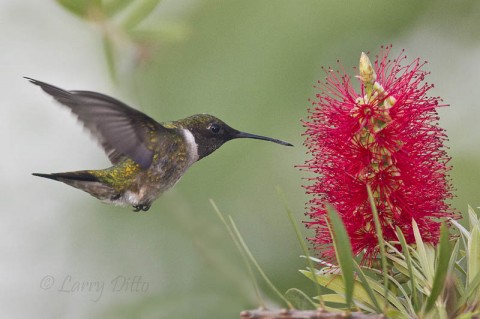
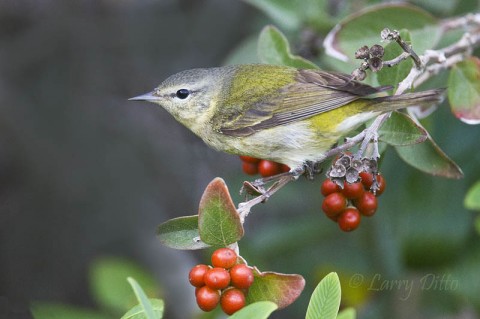
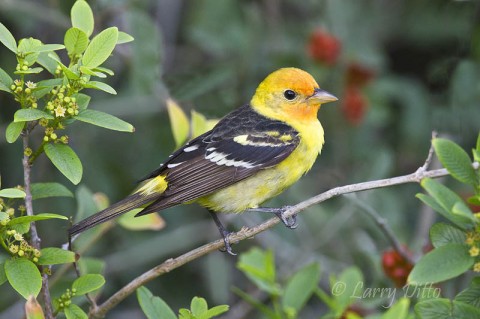
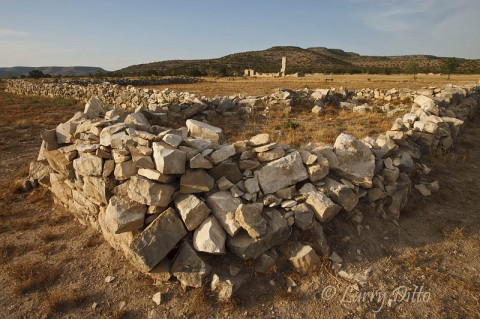
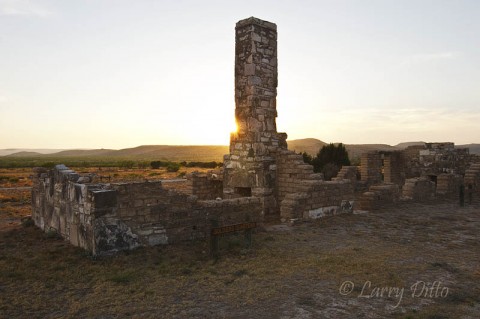
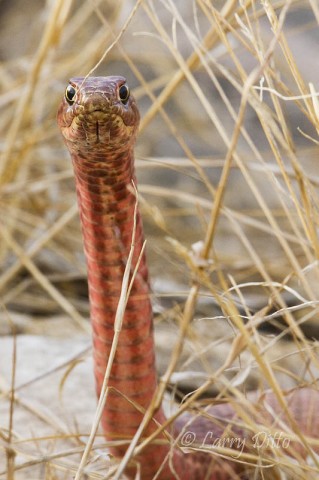
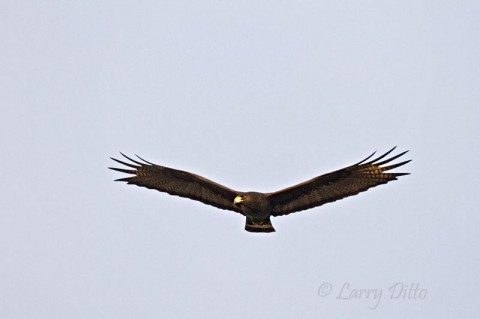
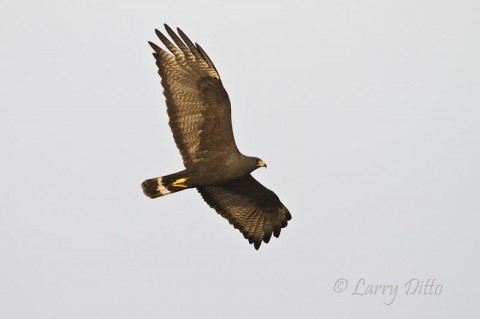
My last photos in April were of this female ocelot (below) posing on a mesquite branch at Santa Ana National Wildlife Refuge.
